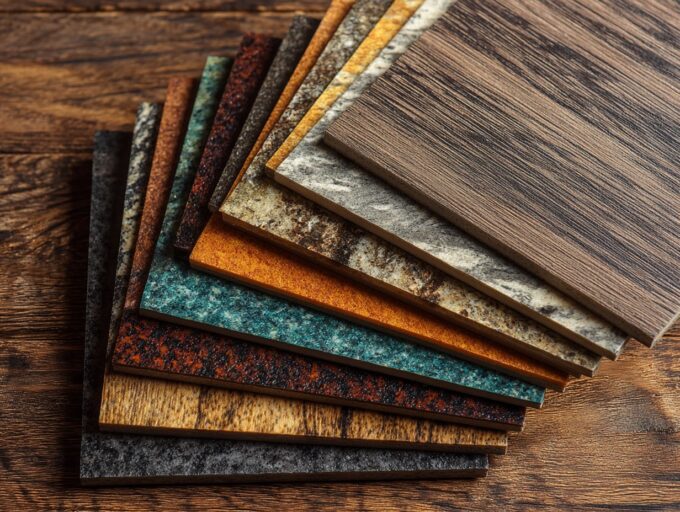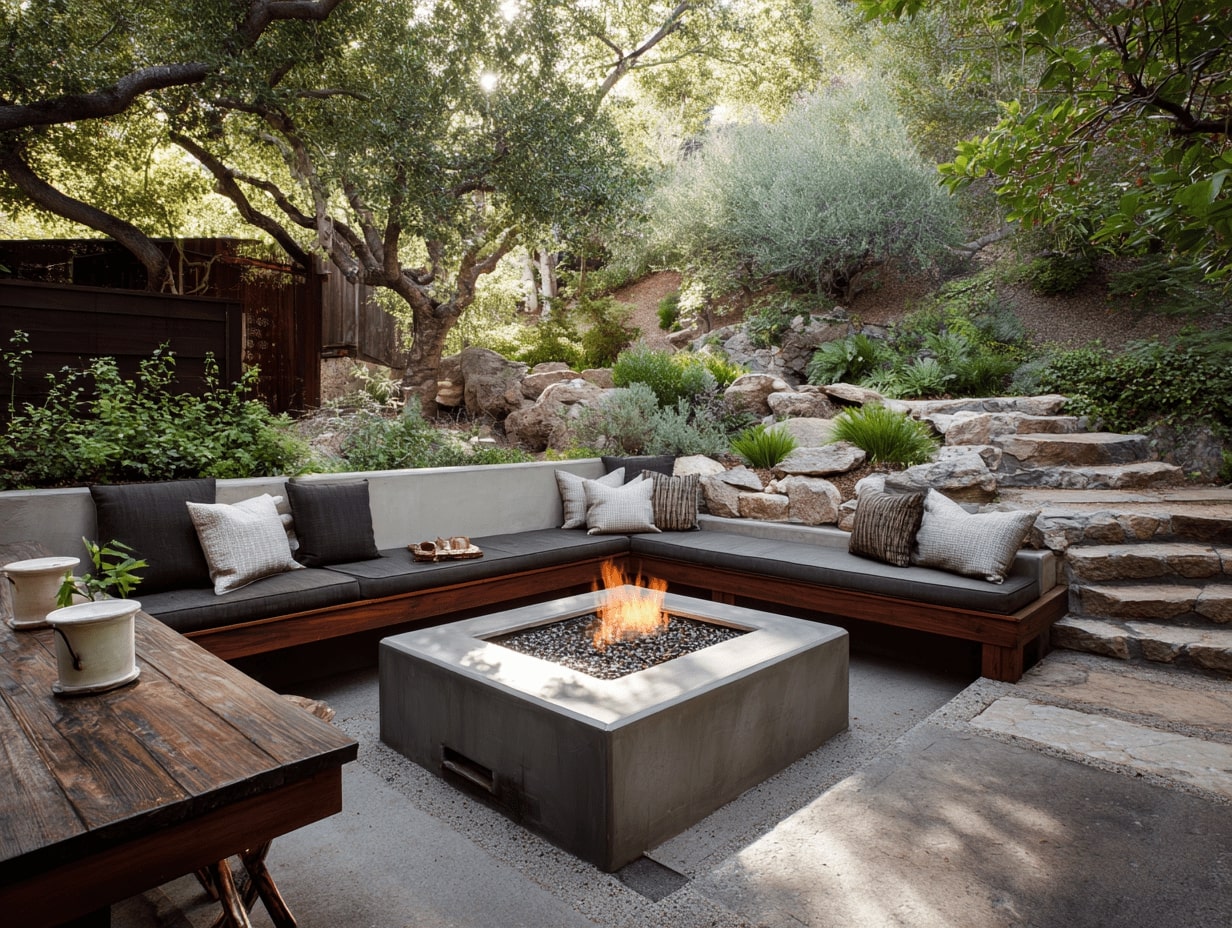- Home
- Articles
- Architectural Portfolio
- Architectral Presentation
- Inspirational Stories
- Architecture News
- Visualization
- BIM Industry
- Facade Design
- Parametric Design
- Career
- Landscape Architecture
- Construction
- Artificial Intelligence
- Sketching
- Design Softwares
- Diagrams
- Writing
- Architectural Tips
- Sustainability
- Courses
- Concept
- Technology
- History & Heritage
- Future of Architecture
- Guides & How-To
- Art & Culture
- Projects
- Interior Design
- Competitions
- Jobs
- Store
- Tools
- More
- Home
- Articles
- Architectural Portfolio
- Architectral Presentation
- Inspirational Stories
- Architecture News
- Visualization
- BIM Industry
- Facade Design
- Parametric Design
- Career
- Landscape Architecture
- Construction
- Artificial Intelligence
- Sketching
- Design Softwares
- Diagrams
- Writing
- Architectural Tips
- Sustainability
- Courses
- Concept
- Technology
- History & Heritage
- Future of Architecture
- Guides & How-To
- Art & Culture
- Projects
- Interior Design
- Competitions
- Jobs
- Store
- Tools
- More
Transform Your Outdoor Space: The Use of Water in Backyard Decoration
Transform your backyard into a serene retreat with the enchanting addition of water features! This article explores the beauty and benefits of integrating ponds, fountains, and waterfalls into your outdoor design. Discover how these elements create calming atmospheres, attract wildlife, and enhance visual appeal.

Transforming our backyards into serene retreats often involves the thoughtful use of water. From tranquil ponds to vibrant fountains, water features can elevate our outdoor spaces, creating a soothing ambiance that invites relaxation and enjoyment. The gentle sound of flowing water not only enhances the aesthetic appeal but also provides a calming backdrop for our gatherings.
Incorporating water into our backyard design isn’t just about beauty; it also promotes biodiversity. We can attract various wildlife, such as birds and butterflies, enriching our outdoor experience. Whether we’re looking to create a peaceful oasis or a lively gathering spot, understanding how to effectively use water in our backyard decoration opens up a world of possibilities for creativity and connection with nature.

Table of Contents
ToggleBenefits of Water Features in Backyard Decoration
Incorporating water features in our backyards offers numerous advantages, enhancing both the visual charm and ecological balance of our outdoor spaces.

Aesthetic Appeal
Water features elevate the visual allure of our backyards. Fountains create a focal point, drawing attention and admiration from guests. Ponds provide a reflective surface, adding depth and dimension. The sound of flowing water offers a soothing backdrop, transforming outdoor areas into peaceful retreats. Unique features like waterfalls or decorative ponds lend personality, inviting creativity in design. Various materials and styles ensure that water elements blend seamlessly with existing landscapes.
Environmental Benefits
Water features contribute positively to our environments. They attract beneficial wildlife such as birds, frogs, and butterflies, fostering biodiversity. These natural interactions enhance our outdoor experiences, connecting us with nature. Water bodies also assist in regulating local temperatures, providing cooler micro climates during hot weather. Additionally, features like rain gardens capture stormwater, reducing runoff and promoting groundwater recharge. Incorporating water improves the ecological footprint of our backyards while supporting a healthy ecosystem.
Types of Water Features
We can explore various types of water features that enhance our backyard aesthetics and serenity. Here, we focus on three popular options: fountains, ponds, and waterfalls.

Fountains
Fountains provide dynamic focal points in backyard designs. They come in various styles, from traditional tiered designs to modern wall-mounted versions. Benefits include enhanced ambiance through the soothing sounds of flowing water and an attraction for birds and beneficial insects. Installation varies, but many require plumbing; solar-powered options exist for convenience. Maintenance often involves cleaning and checking water levels regularly.
Ponds
Ponds add a tranquil element to our backyards. They can be small and easy to maintain or large enough to support fish and aquatic plants. Benefits include attracting wildlife like frogs and dragonflies, contributing to biodiversity. Design options create natural habitats, while landscaping around ponds adds aesthetic appeal. Many homeowners also draw inspiration from resources like Everblue Pond when exploring different design ideas and pond styles that complement their outdoor spaces. Maintenance includes monitoring water quality and seasonal care to support healthy ecosystems.
Waterfalls
Waterfalls create dramatic visual interest and soothing sounds in our outdoor spaces. They can be standalone features or integrated into pond designs. Benefits include improved aesthetics as they mimic natural settings, producing calming sounds that enhance relaxation. Construction can vary, with options for natural stone or modern materials. Maintenance often involves debris removal and ensuring water flow remains consistent.
Design Considerations
Integrating water features into our backyard designs involves critical design considerations that enhance functionality and aesthetics. We focus on size and scale and placement to create a balanced and harmonious environment.

Size and Scale
When selecting water features, we evaluate the size and scale relative to our backyard’s dimensions. Large ponds or waterfalls dominate spaces but can overwhelm smaller landscapes. Conversely, small fountains work well in compact areas, acting as subtle accents. We aim for a harmonious balance, ensuring the water feature complements existing landscaping elements like trees and shrubs. The feature’s scale should attract attention while still maintaining a cohesive look within the overall design.
Placement
Strategic placement of water features influences their impact on our outdoor space. We position elements where they can be easily viewed and enjoyed, like near patios or seating areas, enhancing usability. Aligning features with natural sunlight increases visual appeal and creates a serene atmosphere. We also consider safety and accessibility, ensuring pathways are clear and features stay within reach for maintenance. By integrating our water features thoughtfully, we enhance connectivity with nature while promoting a relaxing environment.
Maintenance Tips for Water Features
Maintaining water features is essential for ensuring their beauty and functionality. By following these tips, we can keep our fountains, ponds, and waterfalls in top condition.

Water Quality Management
Water quality management plays a vital role in maintaining the beauty and health of water features.
- Regular Testing: We should test the water’s pH, ammonia, nitrite, and nitrate levels weekly to prevent imbalances. Ideal pH levels range from 6.5 to 8.5.
- Cleaning: We can remove debris like leaves and algae regularly to maintain water clarity and quality. A skimmer or net helps efficiently collect floating debris.
- Filtration Systems: Utilizing high-quality filtration systems is crucial. We must clean or replace filter media according to the manufacturer’s recommendations to ensure effective filtration.
- Additives: We can use water treatments to control algae and maintain safe water conditions. Applying beneficial bacteria can encourage a balanced ecosystem by breaking down waste.
Seasonal Care
Seasonal care is crucial for the longevity and aesthetic appeal of our water features.
- Spring Preparation: As temperatures rise, we can clean the feature thoroughly and inspect pumps for optimal performance. We should also reintroduce fish and plants only after the water has stabilized.
- Summer Maintenance: Regularly check water levels in summer heat. Topping off the water can prevent overheating and ensure proper filtration.
- Fall Cleanup: We must remove fallen leaves and debris to prevent decay, which can harm water quality. Covering the feature can protect it from winter weather.
- Winterization: For ponds, we should maintain a hole in the ice to allow gas exchange. We can use heaters or aerators to prevent pond freezing completely, ensuring fish survival.
By following these maintenance tips, we enhance the beauty of our water features while promoting a healthier environment for wildlife.
Conclusion
Incorporating water features into backyard designs transforms our outdoor spaces into tranquil retreats. Water elements like fountains, ponds, and waterfalls not only enhance aesthetic appeal but also promote relaxation and gatherings. The soothing sounds of flowing water create peaceful environments, while visually striking features add depth and focal points to our gardens.
Each type of water feature provides distinct benefits. Fountains attract birds and beneficial insects while serving as dynamic centerpieces. Ponds encourage biodiversity by creating natural habitats, fostering wildlife that enriches our outdoor experiences. Waterfalls bring dramatic beauty and calming sounds, simulating nature’s elegance.
When designing our backyard with water features, we must carefully consider size and placement. Assessing dimensions ensures that features integrate harmoniously with our outdoor spaces. Strategic location near seating areas enhances usability and visual attraction, inviting us to connect with nature.
Maintaining our water features is crucial for longevity and aesthetic value. Regular water quality testing and cleaning routines keep our features in prime condition. Seasonal maintenance tailored to each stage of the year—spring preparation, summer upkeep, fall cleanup, and winterization—ensures optimal performance and enhances our backyards’ beauty. By prioritizing these practices, we enrich our outdoor environments, fostering a healthier ecosystem for both us and wildlife.
- backyard aquascaping
- backyard pond ideas
- backyard water features
- backyard water garden
- decorative outdoor water features
- DIY backyard water feature
- eco-friendly water features
- garden pond designs
- garden water features
- landscape water features
- modern outdoor water features
- natural pond decoration
- outdoor water decorations
- outdoor water feature ideas
- pond landscaping ideas
- small backyard pond ideas
- water feature installation
- water features for small gardens
- water fountains for garden
- waterfall features for backyard
Submit your architectural projects
Follow these steps for submission your project. Submission FormLatest Posts
The Impact of Landscape Design on the Backyard: Beauty, Function, and Value
Explore the impact of landscape design on the backyard—how smart layout, lighting,...
Essential Tips to Consider When Designing a Backyard Oasis for Your Home
Transform your backyard into a personalized oasis with our comprehensive design tips!...
Essential Tips for Effective Plant Selection in Garden Design
Unlock the secrets to stunning garden design with our comprehensive guide on...











Leave a comment